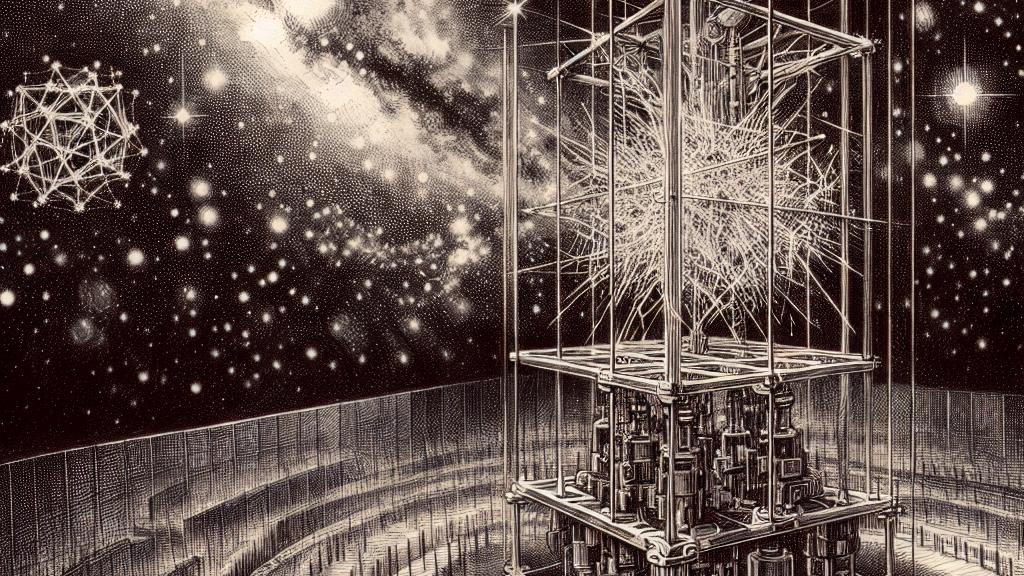Breakthrough Discovery Aims to Detect Invisible Dark Matter
Overview
- NTU Singapore's groundbreaking technique may transform our understanding of dark matter.
- Dark matter comprises 85% of the universe, yet it evades direct detection.
- Unlocking dark matter's secrets could reshape our perception of the cosmos.

Groundbreaking Research from Singapore
In January 2025, an incredible team of researchers at Nanyang Technological University (NTU) in Singapore unveiled a remarkable breakthrough in the ongoing quest to detect dark matter. Picture this: while we gaze at the night sky, filled with twinkling stars and deep space, a staggering 85% of the universe's matter remains hidden from our eyes. This team has ingeniously crafted a method that employs specially designed crystal structures, allowing light particles known as photons to mimic the elusive theoretical particles called axions. These axions are essential because they may hold the key to understanding the very fabric of dark matter and, consequently, the universe itself.
What Exactly is Dark Matter?
So, what is dark matter really? In simple terms, think of it as the invisible glue that holds galaxies together, yet we cannot directly see it. It’s similar to the air we breathe—it's all around us, vital for life, yet invisible to our eyes. Scientists have long pursued evidence of axions, treating them like treasure hunters chasing elusive gold in a vast, uncharted territory. The latest findings from NTU Singapore bring us tantalizingly closer to actually proving that these axions exist, much like finding a hidden map leading to a coveted prize in a grand adventure.
The Importance of Axions
Now, you may be asking, why does the discovery of axions matter so much? Imagine if you could unlock an ancient code that reveals the history of the universe! If these elusive particles are confirmed, we won't just solidify a crucial aspect of modern astrophysics, but we could also decode the mystery behind how galaxies rotate and evolve. The researchers at NTU are not merely conducting experiments; they are potentially unlocking the door to understanding the dynamics of the cosmos itself. Imagine turning on a light switch in a pitch-black room; you illuminate not only your immediate surroundings but also a world filled with wonders previously hidden in the shadows!

Loading...